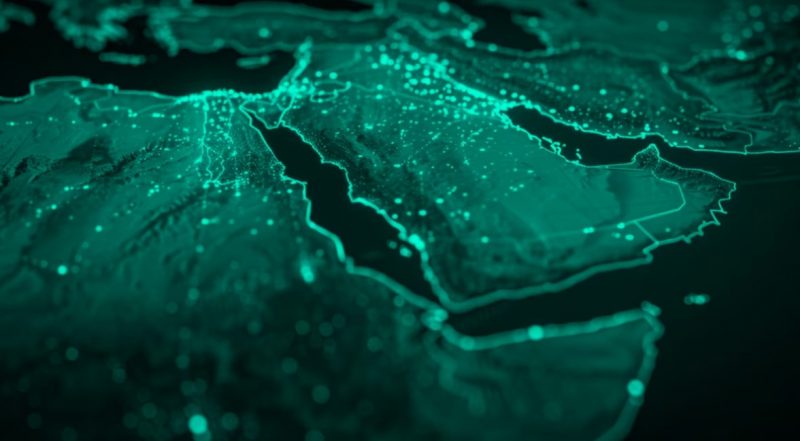
Green Steel in North Africa Positioned for EU Market Disruption
North African green steel is poised to become a vital commodity for European buyers. With the EU’s Carbon Border Adjustment Mechanism (CBAM) set to launch fully by January 2027, steelmakers in Egypt, Algeria, Libya, and Morocco are preparing to meet rising European demand for low-carbon materials. The region’s electric arc furnace (EAF) plants, fueled by locally produced direct reduced iron (DRI), already deliver some of the greenest steel in global markets.
Demand for DRI-based steel continues rising, especially as Europe looks to replace pig iron from blast furnaces. North African producers benefit from geographic proximity, which cuts logistics costs and reduces Scope 3 emissions compared to Gulf suppliers. This advantage, combined with regulatory shifts in the EU, positions the region as a key low-emission steel hub.
Several strategic DRI projects now shape the region’s industrial outlook. Libya’s Tosyali Holding plans an 8.1 million ton DRI plant—the world’s largest—while Egypt, Algeria, and Mauritania each aim to add 2.5 million tons in new capacity. Equipment suppliers such as SMS Group and Danieli support these ventures, ensuring technology alignment with EU standards. Green hydrogen integration further enhances the carbon-free credentials of these upcoming plants.
Hydrogen and Renewable Energy Will Drive Green Steel Growth
The success of North African green steel depends heavily on green hydrogen and renewable power. Egypt’s El Marakby Steel already reports low CO2 emissions—0.62 tons per ton of steel—outpacing even GCC leaders like Emirates Steel. However, widespread decarbonization will require major investment in solar, wind, and hydrogen infrastructure across the region.
Ambitious national targets reflect this need. Egypt plans to boost its renewable share to 58% by 2040, while Algeria, Tunisia, and Morocco aim to scale up wind and solar capacity significantly by 2030. Mauritania, although lacking a formal strategy, is hosting green hydrogen projects totaling 85 GW in energy potential. These developments signal the region’s intent to become a green hydrogen exporter to the EU.
Hydrogen roadmaps show aggressive goals. Tunisia plans to export 6.3 million tons of hydrogen annually by 2050. Morocco’s $32 billion green hydrogen strategy aims to support both steel and ammonia sectors. Egypt’s dual scenario forecasts show green hydrogen production could reach 5.8 million tons by 2040. These exports will drive steel decarbonization in both North Africa and Europe.
SuperMetalPrice Commentary:
North Africa holds an increasingly strategic role in the future of low-carbon steel supply. As EU carbon policies tighten, the continent needs cleaner feedstock fast. North Africa’s DRI output, powered by growing renewable capacity and green hydrogen potential, makes it an ideal partner. However, access to financing remains the region’s greatest hurdle. Unlike Gulf nations, North African projects rely heavily on loans from multilateral institutions. To compete globally, these countries must secure long-term offtake agreements and scalable green financing models. If successful, North Africa could evolve into a global green steel and hydrogen powerhouse by the 2040s.


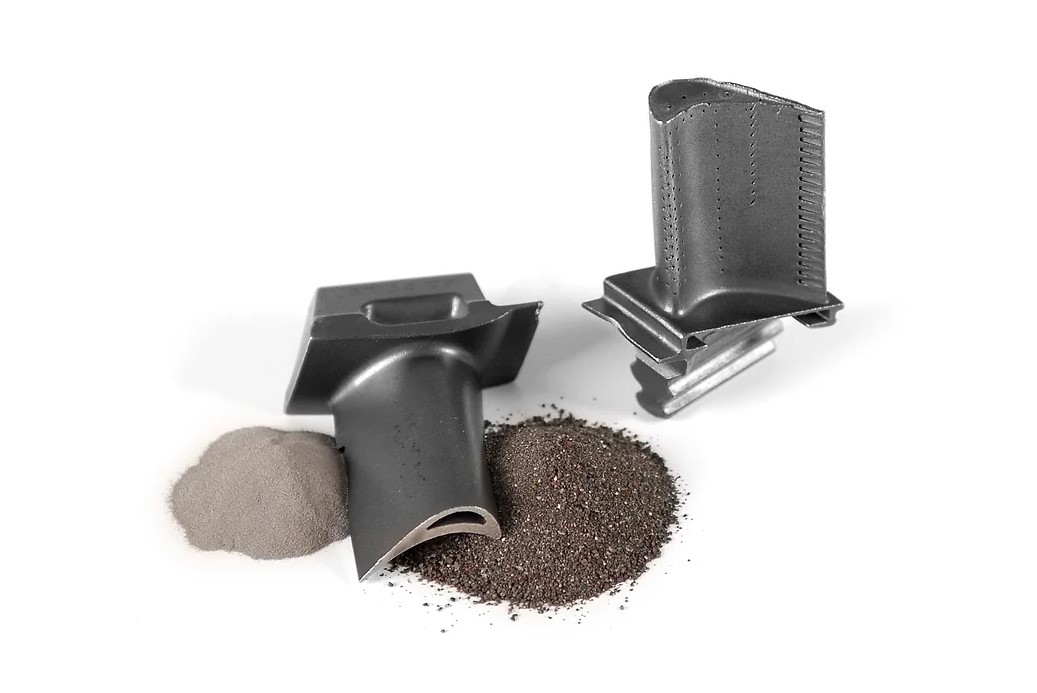


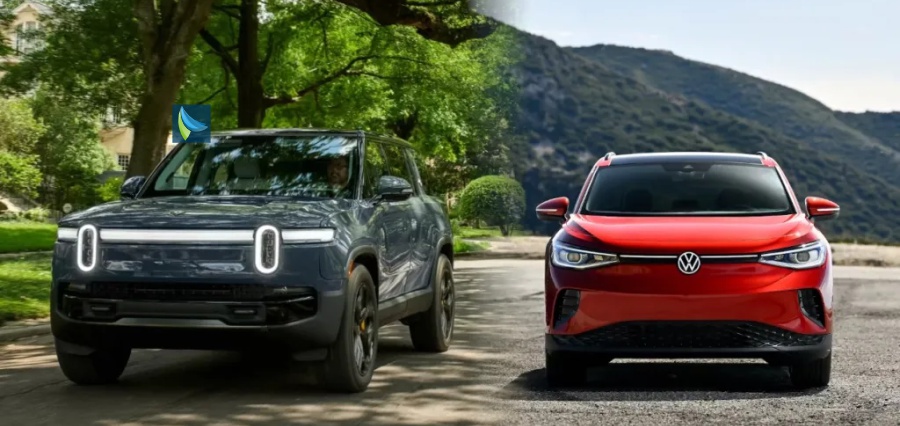

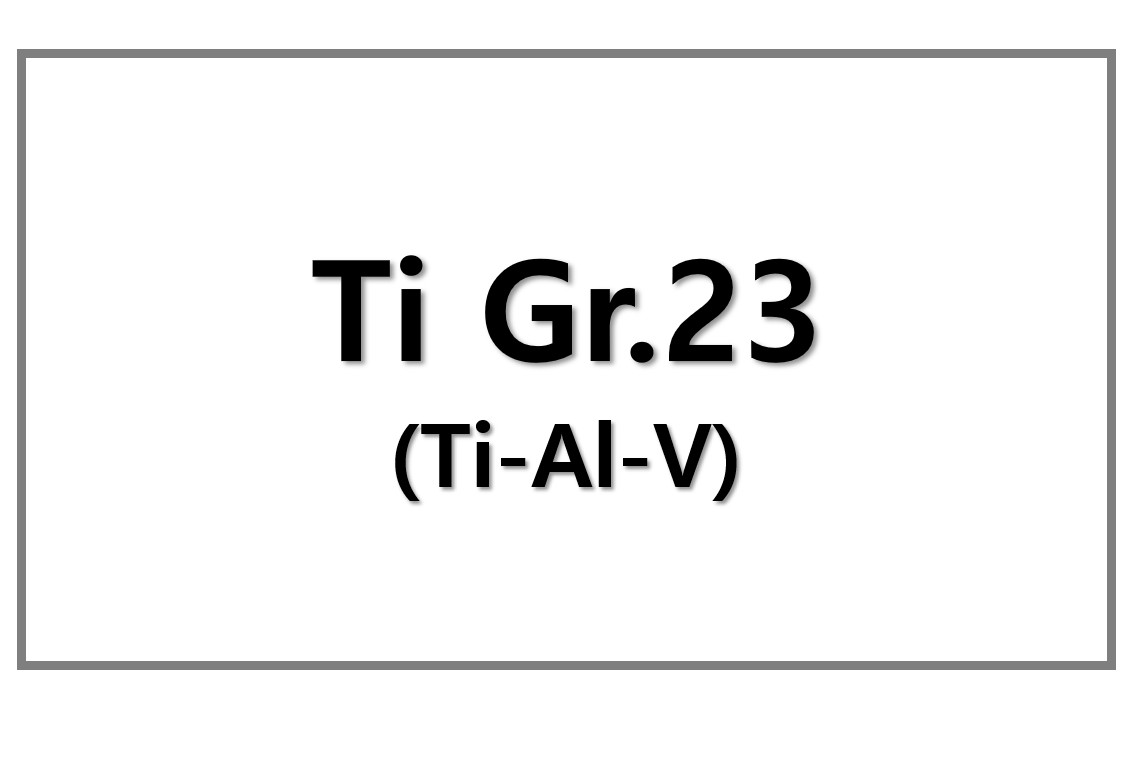
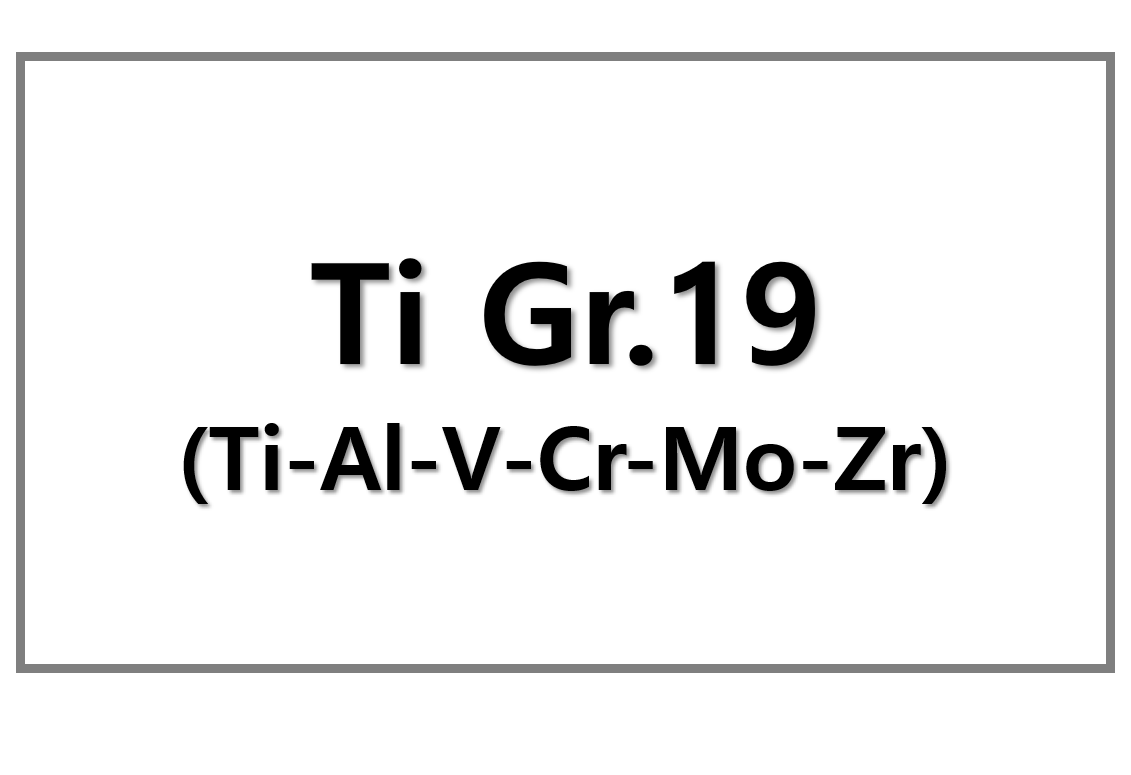
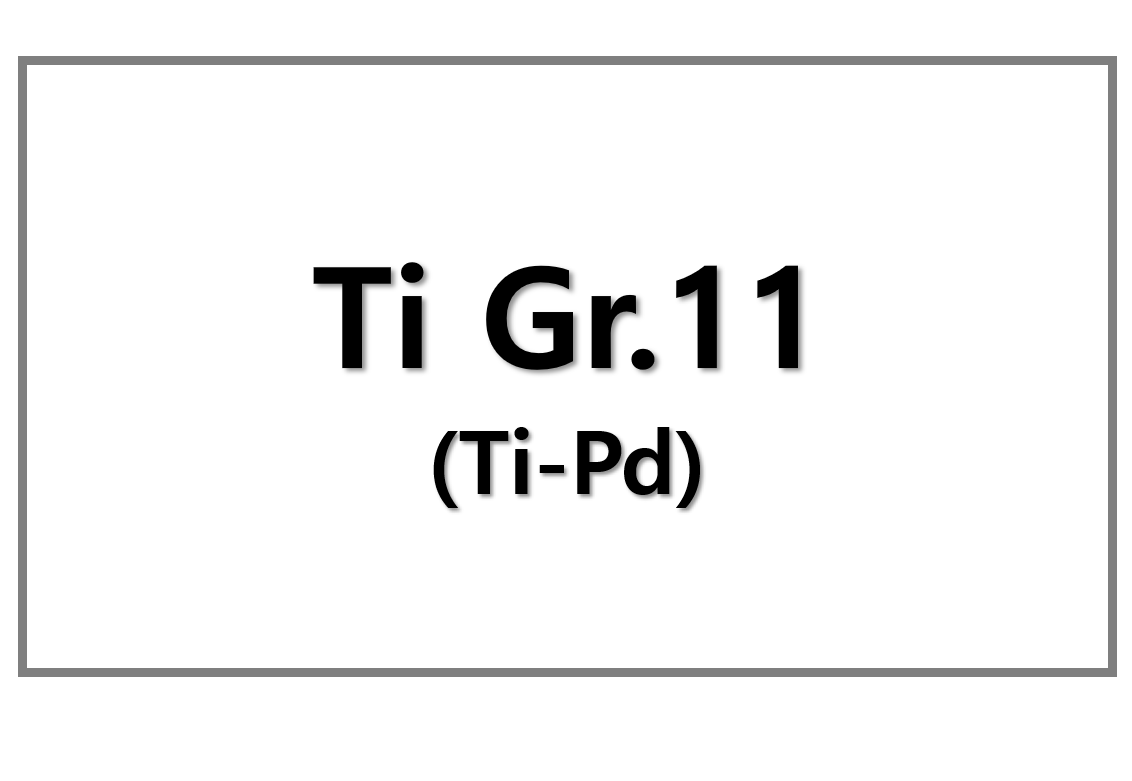
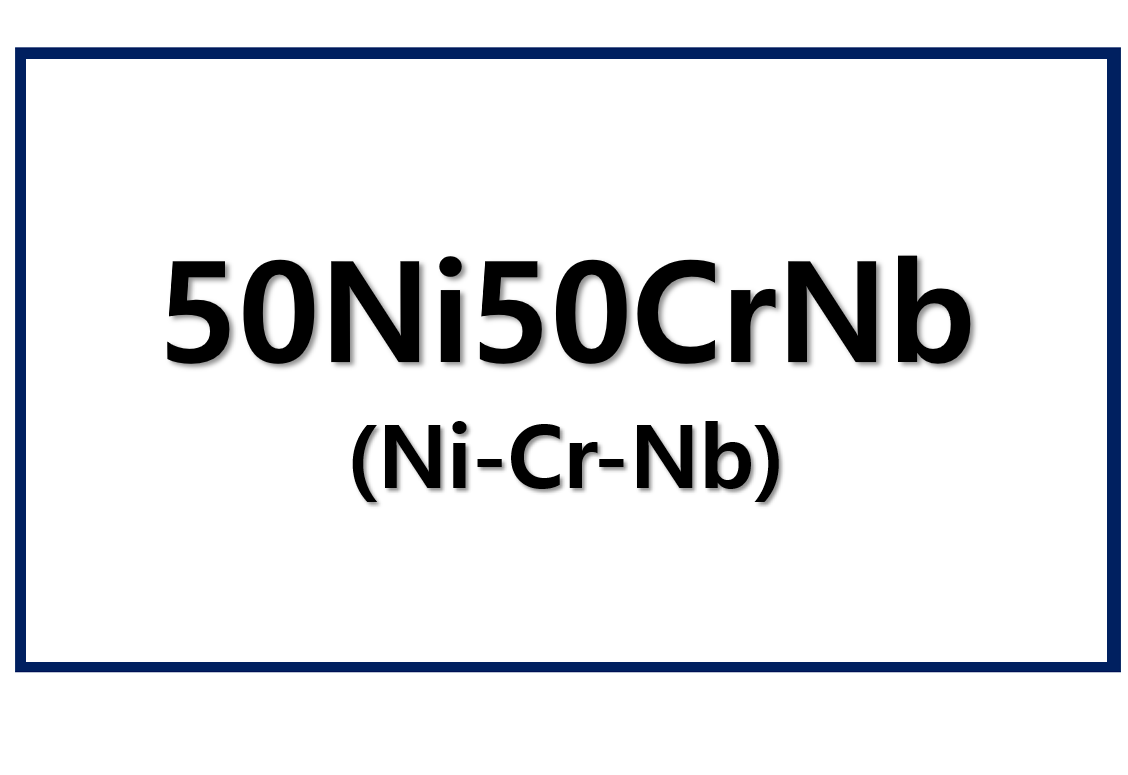
Leave a Reply
You must be logged in to post a comment.